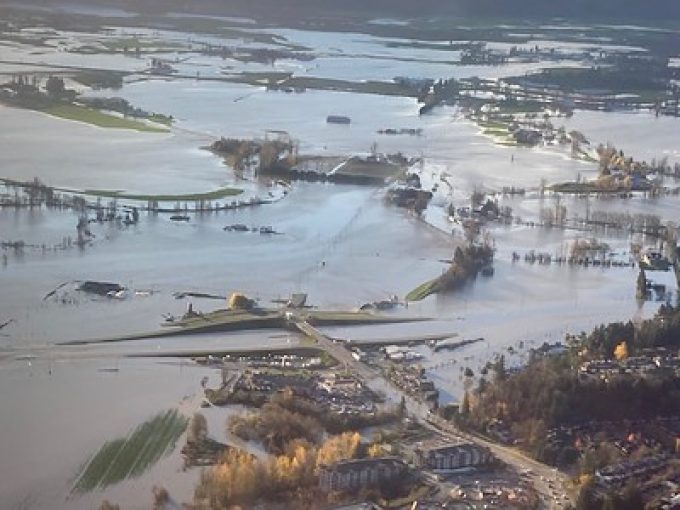News in Brief Podcast | Week 3 | Ceasefire talks, ecommerce and Expeditors
In this episode of The Loadstar’s News in Brief Podcast, host and news reporter Charlotte Goldstone ...

For the second time this year, severe weather has severed cargo flows between Canada’s largest port and the interior.
Torrential rain has halted rail traffic to and from the port of Vancouver and paralysed major road arteries linking the area to the rest of the country.
Storms battered southern parts of British Columbia, a mountainous and heavily forested area, dumping as much as 252 millimetres of rain on parts of the province in just 48 hours, washing away sections of major highways ...
'Disastrous' DSV-Schenker merger would 'disrupt European haulage market'
New senior management for DSV as it readies for DB Schenker takeover
Volumes set to 'fall off a cliff' as US firms hit the brakes on sourcing and bookings
Asian exporters scramble for ships and boxes to beat 90-day tariff pause
Amazon pushes into LTL for small package fulfilment and UPS does a u-turn
Temporary tariff relief brings on early transpacific peak season
Pre-tariff rush of goods from US to China sees air rates soar, but not for long
'Tariff madness' will prompt renegotiation of ocean shipping contracts

Comment on this article